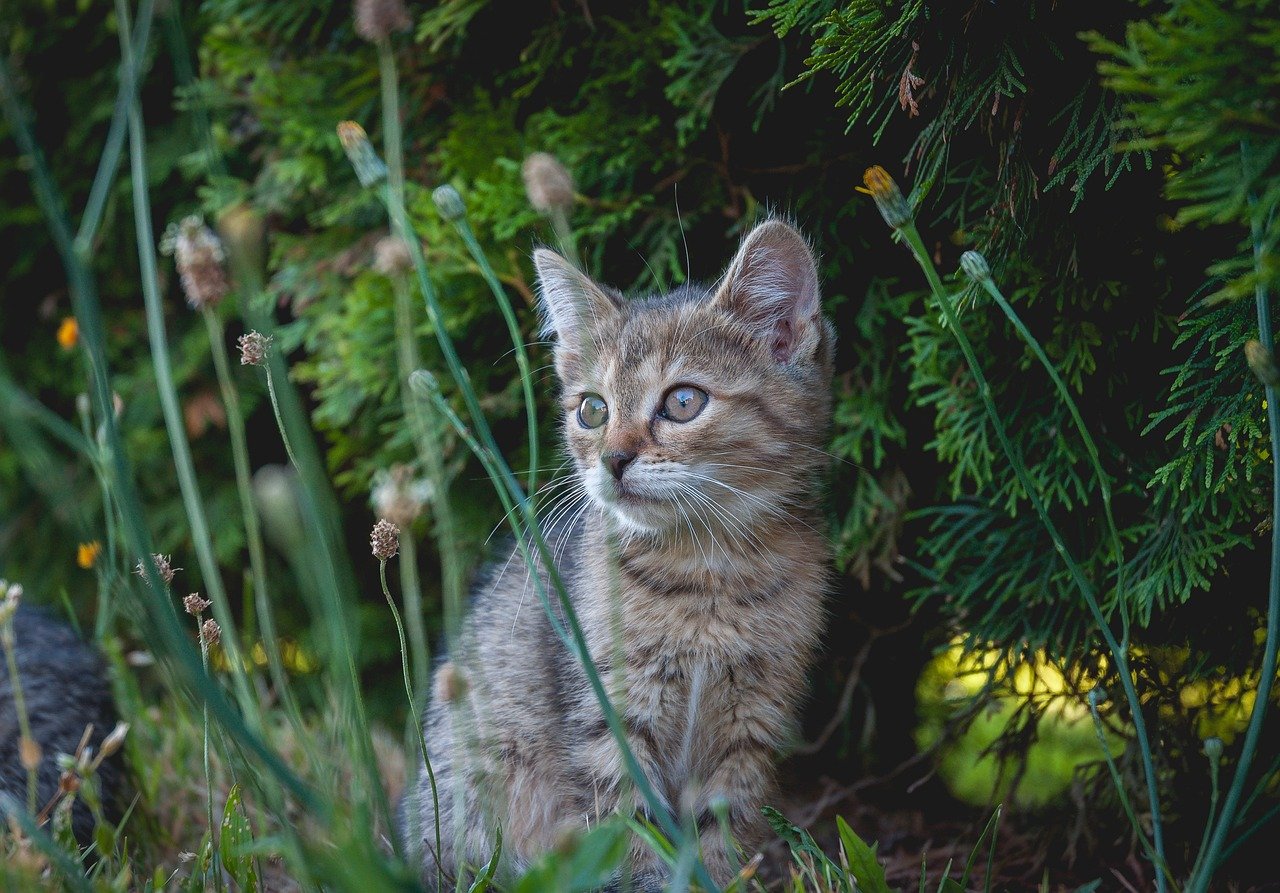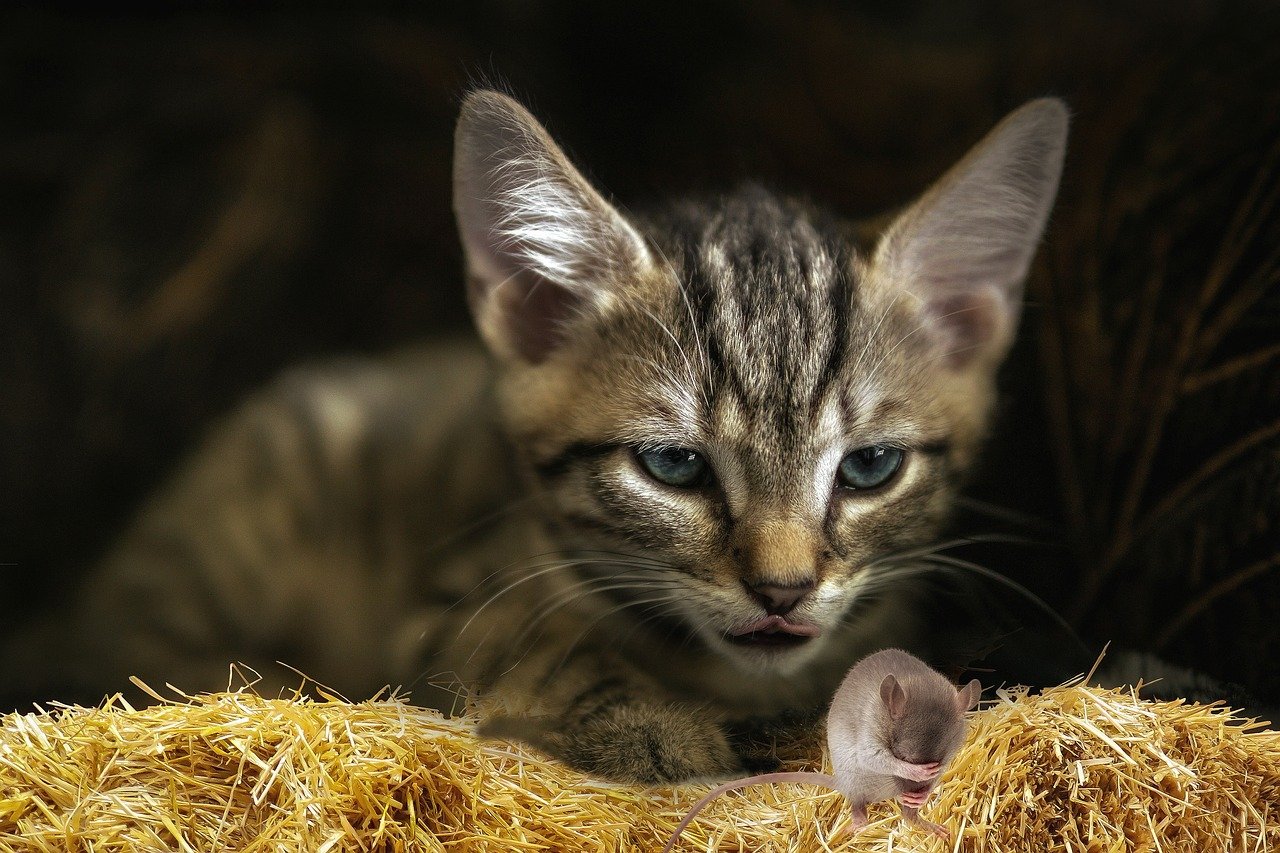Have you ever watched your feline friend shy away from the world, hiding under furniture or hissing at the slightest noise? It can be heartbreaking to see a timid cat retreat into their shell, but the good news is, there are ways to help them rediscover their courage. Just like humans, cats can experience anxiety and fear. However, with a little patience, understanding, and the right strategies, you can help your timid kitty feel brave again. Here are ten effective ways to bring out the lion in your little tiger.
Understanding Your Cat’s Personality
Before diving into solutions, it’s crucial to understand your cat’s unique personality. Just like people, cats have their own set of quirks and traits. Some are naturally more reserved, while others are outgoing. Observing your cat’s behavior in different situations can provide insights into what makes them tick. Are they frightened by loud noises or new environments? Knowing these triggers can help you tailor your approach to make them feel more secure. Patience is key here, as it may take time to fully understand your cat’s personality.
Creating a Safe Space
Every cat needs a sanctuary—a place where they can retreat and feel safe. This could be a cozy corner with a soft bed or a high perch where they can observe without being disturbed. Ensure this space is quiet and away from household commotion. The more comfortable and secure they feel in their environment, the more likely they are to venture out and explore. Think of it as their personal fortress of solitude where they can recharge and gather the courage to face the world.
Gradual Exposure to New Experiences
Cats are creatures of habit, and sudden changes can be overwhelming. Gradual exposure to new experiences can help build their confidence. Start by introducing new objects or environments slowly. For example, if you’ve recently moved, let them explore one room at a time. Allow them to sniff and investigate at their own pace. Over time, they will associate these new experiences with positive emotions rather than fear. It’s like dipping their paws into the water before diving in.
Positive Reinforcement
Rewarding your cat for brave behavior can work wonders. Use treats, affection, or playtime as positive reinforcement whenever they show bravery. This not only encourages them to repeat the behavior but also strengthens the bond between you and your pet. Over time, they will associate new experiences with positive outcomes. Remember, the goal is to make them feel like every small victory is a big achievement.
Interactive Playtime
Engaging your cat in interactive play can help boost their confidence. Toys that mimic prey, like feather wands or laser pointers, can awaken their natural hunting instincts. This not only provides physical exercise but also mental stimulation. Playtime is a safe way for them to express their natural behaviors and feel in control. Plus, it’s a fun bonding activity that can make them feel more secure in their surroundings.
Introducing New Pets Gradually
If you’re considering adding another pet to the household, it’s essential to introduce them gradually. A sudden introduction can be overwhelming and may exacerbate your cat’s timid nature. Start by allowing them to sniff each other’s scent through a closed door. Once they seem comfortable, you can allow brief, supervised interactions. This slow introduction helps them feel less threatened and more in control of their environment.
Consistent Routines
Cats thrive on routine. Knowing what to expect can provide them with a sense of security. Try to feed, play, and interact with your cat at the same times each day. Consistent routines can help reduce anxiety and make your cat feel more at ease. When they know what’s coming next, they’re less likely to be startled or scared by unexpected changes. It’s like having a daily schedule that makes them feel safe and grounded.
Understanding Body Language

Cats communicate a lot through body language. Understanding their signals can help you respond appropriately to their needs. For instance, a flicking tail or flattened ears might indicate fear or discomfort. By recognizing these signs, you can adjust your approach to make them feel more comfortable. This not only helps in building trust but also makes them feel understood and respected.
Providing Mental Stimulation

Boredom can lead to anxiety in cats. Providing mental stimulation through puzzle toys or interactive feeders can keep their minds engaged. These activities challenge their problem-solving skills and provide a sense of achievement. It’s like giving them a mental workout that distracts them from their fears. Plus, it’s a great way to keep them entertained and happy.
Using Calming Products

There are various calming products available that can help soothe an anxious cat. Pheromone diffusers, calming sprays, or collars can create a more relaxed environment. These products mimic natural pheromones, which can have a calming effect on cats. They’re like a gentle hug that makes your cat feel safe and secure. However, it’s always a good idea to consult with your vet before introducing any new products.
Introducing New People Slowly

New people can be intimidating for a timid cat. If you have guests over, allow your cat to approach them at their own pace. Encourage visitors to sit quietly and let the cat come to them. This gives your cat control over the interaction and helps them feel more secure. Over time, they’ll learn that new people aren’t something to be feared but can be sources of affection and treats.
Building Trust Through Touch
Physical touch can be a powerful tool in building trust with your cat. Start by gently petting them in areas they’re comfortable with, like the head or back. Avoid areas that might make them feel vulnerable, such as the belly. Gradually, they’ll associate your touch with comfort and safety. It’s like building a bridge of trust, one gentle stroke at a time.
Understanding Triggers

Identifying and understanding what triggers your cat’s fear is crucial in helping them overcome it. This could be loud noises, certain people, or specific environments. Once you know their triggers, you can work on desensitizing them slowly. This understanding allows you to create a more comfortable and supportive environment for your cat.
Providing Vertical Space
Cats love to climb and perch on high places. Providing vertical space, like cat trees or shelves, can give them a sense of security. Being up high allows them to observe their environment from a safe vantage point. It’s like giving them their own little kingdom where they feel in control and untouchable.
Consulting a Veterinarian
If your cat’s timidity seems severe or doesn’t improve with time, consulting a veterinarian is a wise step. They can rule out any underlying health issues that might be contributing to their behavior. A vet can also provide guidance on behavioral therapy or medication if needed. They’re like the detectives who help uncover the mystery behind your cat’s fear.
Socialization Techniques
Socializing your cat from a young age can help prevent timidity. Exposing them to various people, pets, and environments early on can make them more adaptable. Even if your cat is older, gradual socialization can still be beneficial. It’s like teaching them the ropes of the world in a gentle, supportive way.
Listening to Your Cat
Listening to your cat means paying attention to their cues and respecting their boundaries. If they retreat, give them space. If they seek attention, be there for them. This mutual respect strengthens your relationship and helps them feel more secure. It’s like having a silent conversation where both parties understand each other.
Patience and Persistence
Helping a timid cat feel brave again requires patience and persistence. Progress might be slow, but every small step is a victory. Celebrate these moments and continue to support your cat with love and understanding. It’s a journey that requires dedication but is incredibly rewarding.
Encouraging Exploration
Encouraging your cat to explore their environment can help build their confidence. Leave doors open, provide toys, and create a stimulating environment. Allow them to satisfy their curiosity in a safe way. Exploration is like a treasure hunt, where each discovery boosts their bravery.
Conclusion

Helping a timid cat feel brave again is a journey filled with patience, love, and understanding. By creating a supportive environment and using these strategies, you can help your feline friend rediscover their courage. Remember, every cat is unique, and what works for one might not work for another. The key is to be patient and persistent in your efforts. Your cat’s bravery is a testament to your unwavering support and dedication. What steps will you take today to help your timid cat feel brave again?
Hi, I’m Bola, a passionate writer and creative strategist with a knack for crafting compelling content that educates, inspires, and connects. Over the years, I’ve honed my skills across various writing fields, including content creation, copywriting, online course development, and video scriptwriting.
When I’m not at my desk, you’ll find me exploring new ideas, reading books, or brainstorming creative ways to solve challenges. I believe that words have the power to transform, and I’m here to help you leverage that power for success.
Thanks for stopping by, Keep coming to this website to checkout new articles form me. You’d always love it!






